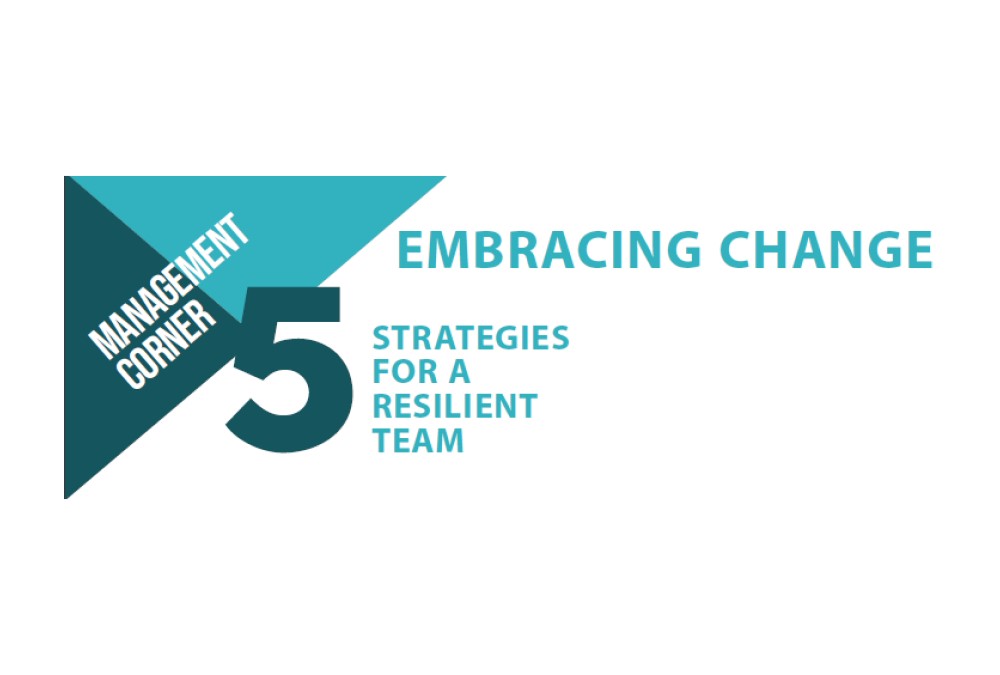
Top of the Chain with Zach Romero
March 28, 2024
The Hierarchy of Commercial Projects
April 29, 2024Embracing Change: 5 Strategies for a Resilient Team
Change is inevitable, especially in today’s dynamic, competitive work environment. As a leader, your role extends beyond merely implementing change; you also have a responsibility to guide your teams through transitions with empathy and effectiveness. Here are practical strategies you can use to help your team cope with change in a positive way:
1. Prepare Employees for Change.
Clearly communicate the vision and reasons for the change. Use plain language to inspire your team and help them see the bigger picture. When employees understand that change is inevitable, they become more receptive to it. Equip your team with any new, necessary skills by providing targeted training sessions and encouraging cross-team mentorship. A well-prepared and informed team is more likely to embrace change confidently.
2. Remind Employees Their Input is Valued.
Fear of losing control often accompanies change. Remind your team they are part of the change process by encouraging open dialogue where team members can voice concerns and actively participate in implementing the planned changes. When employees feel heard and valued, they become active agents of change.
3. Recognize Employee Resilience.
Your team has weathered changes before. Acknowledge your team’s resilience by highlighting periods of change – both internal and external – where they successfully adapted. This will reinforce their ability to navigate future changes. Provide positive feedback and celebrate small wins during the transition to help your team feel motivated.
4. Provide Proper Training.
Change often requires new skills, whether it’s a new piece of equipment or a new technique or process being implemented. Invest in ongoing training programs to ensure your team has the tools they need to succeed. Be sure to tailor training to team member’s unique needs. Personalized support will build confidence and minimize resistance.
5. Designate Leaders to Ease the Transition.
Appoint a change champion or leader(s) within your team. These individuals can serve as a bridge between leadership and employees. Their role includes addressing concerns, providing updates, and reinforcing the change narrative. Keeping everyone informed about progress as well as any setbacks will create transparency, which builds trust and reduces uncertainty.
Remember, change does not have to be a disruption. If you plan ahead and prepare your team, change can be an opportunity for growth.





